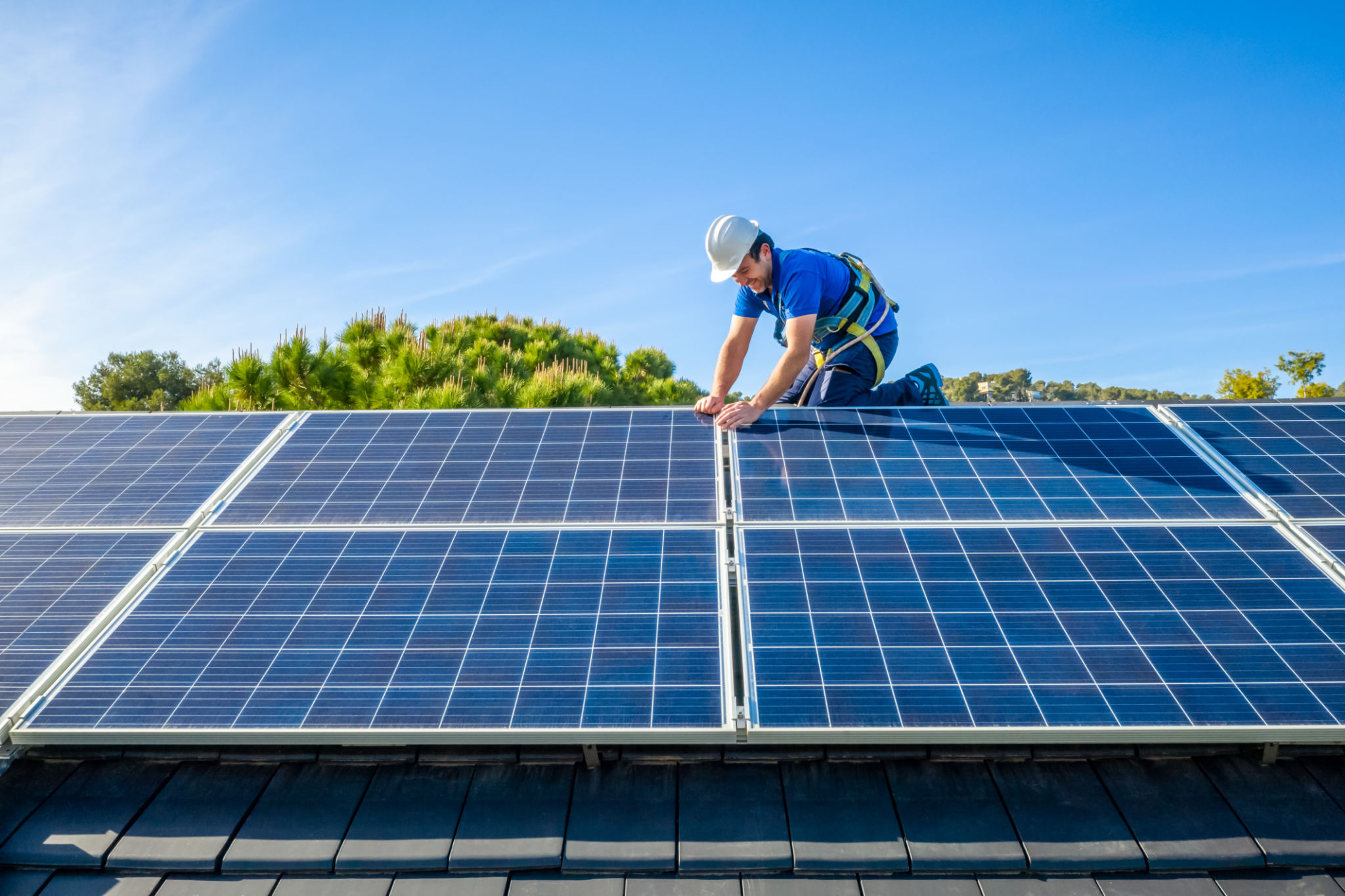Maximizing Returns: Smart Strategies for Solar Investments in Chicago
Understanding the Solar Investment Landscape in Chicago
Investing in solar energy in Chicago is becoming increasingly attractive as the city continues to adopt more sustainable practices. With government incentives and a growing awareness of environmental issues, solar investments can yield significant returns. However, to maximize these returns, investors need to adopt strategic approaches tailored to the unique characteristics of the Chicago market.

The Role of Government Incentives
Government incentives play a crucial role in boosting the viability of solar investments. In Chicago, both state and federal programs are available to reduce initial costs and improve return on investment. The Federal Solar Investment Tax Credit (ITC) allows investors to deduct a substantial percentage of their solar costs from their taxes, while the Illinois Solar Renewable Energy Credits (SRECs) offer additional financial benefits.
Understanding these incentives and ensuring you qualify for them is essential. Investors should consider consulting with financial advisors who specialize in renewable energy to navigate these opportunities effectively.
Choosing the Right Solar Technology
Not all solar technologies are created equal, and selecting the right one is key to maximizing returns. Factors like efficiency, cost, and durability should be considered. In Chicago, where weather conditions can be unpredictable, it is important to choose equipment that can withstand harsh winters and fluctuating temperatures.
High-efficiency panels may come at a premium but can offer better performance and quicker payback periods. Additionally, integrating battery storage systems can enhance energy savings by storing excess power for use during peak demand times.

Site Selection and Installation
The location and installation quality of solar panels significantly affect their performance. Chicago's urban landscape presents unique challenges, such as shading from tall buildings and limited roof space. Conducting a thorough site assessment is critical to identifying potential obstacles and optimizing panel placement.
Professional installation ensures that panels are securely mounted and oriented for maximum sun exposure. Additionally, working with experienced providers diminishes the risk of installation errors that could affect system efficiency.
Monitoring and Maintenance
Once installed, regular monitoring and maintenance are vital to ensuring consistent performance. Modern solar systems often come with real-time monitoring tools that allow investors to track energy production and identify issues early. Routine maintenance, including cleaning panels and checking connections, helps sustain optimal functionality over time.

Financing Options for Solar Investments
Financing is another critical component of maximizing returns on solar investments. Investors have multiple options, such as loans, leases, and power purchase agreements (PPAs). Each has its advantages and potential drawbacks, so understanding these options thoroughly can help investors choose the most beneficial route.
For those who prefer not to make an upfront investment, leasing or PPAs can provide access to solar energy with little to no initial cost while still offering long-term savings on electricity bills.
Future Trends and Considerations
As technology continues to evolve, staying informed about future trends in solar energy can further enhance investment returns. Innovations such as bifacial panels, which capture sunlight from both sides, and advancements in energy storage solutions are poised to revolutionize the solar landscape.
Additionally, as policies shift towards more aggressive sustainability goals, keeping abreast of regulatory changes will be crucial for investors aiming to stay ahead of the curve.
In conclusion, smart strategies for solar investments in Chicago involve a combination of leveraging government incentives, selecting appropriate technology, ensuring quality installation, maintaining systems effectively, exploring diverse financing options, and staying informed about industry trends. By adopting these approaches, investors stand to maximize their returns while contributing positively to the environment.
